Home>Garden Essentials>How Far Out Should Landscaping Be From The House
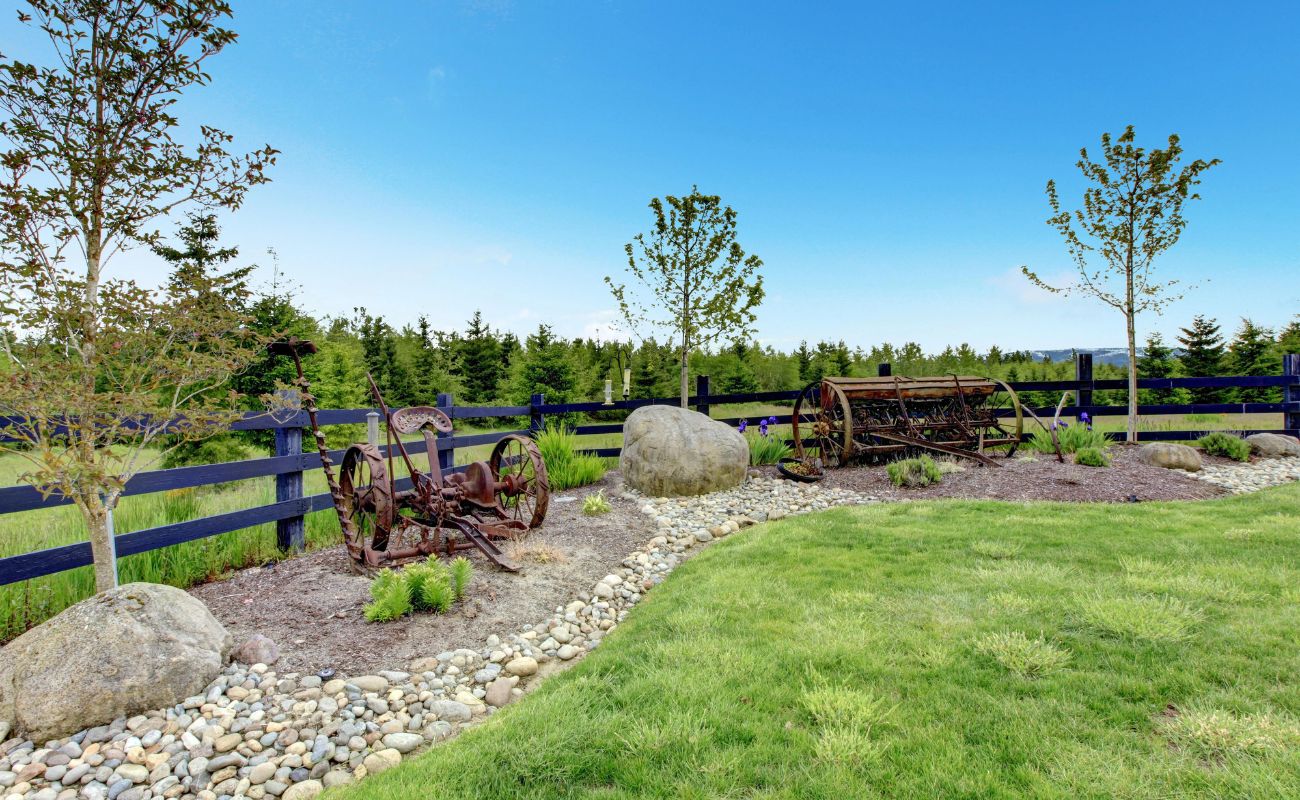

Garden Essentials
How Far Out Should Landscaping Be From The House
Modified: March 7, 2024
Discover the ideal distance for landscaping your garden from your house. Avoid potential issues and create a harmonious outdoor space with these expert tips and recommendations.
(Many of the links in this article redirect to a specific reviewed product. Your purchase of these products through affiliate links helps to generate commission for Storables.com, at no extra cost. Learn more)
Introduction
Landscaping is a vital aspect of any outdoor space. It adds beauty, functionality, and value to a property. When it comes to landscaping around a house, proper placement is crucial. The distance between the house and various landscaping elements can have a significant impact on the overall aesthetics, maintenance requirements, and even the structural integrity of the property.
In this article, we will explore the importance of proper landscaping placement, the factors to consider when determining the distance between the house and landscaping features, and some recommended distance guidelines to follow. By understanding these considerations, homeowners can create a visually appealing and sustainable landscape that enhances the overall enjoyment and value of their property.
Key Takeaways:
- Proper landscaping placement around the house is crucial to prevent damage, manage water flow, deter pests, and ensure easy maintenance and access. Following guidelines and consulting professionals can help create a harmonious outdoor space.
- When planning landscaping, consider property line regulations, maintain proper distance from the house for plants and hardscape features, and seek professional advice. Thoughtful placement enhances aesthetics, functionality, and long-term property value.
Importance of Proper Landscaping Placement
Proper landscaping placement is crucial for several reasons. First and foremost, it helps to maintain the structural integrity of the house. Plantings that are placed too close to the foundation can cause damage over time. The roots of trees and shrubs can penetrate the foundation, leading to cracks, leaks, and other structural issues. By ensuring an appropriate distance between the house and landscaping elements, homeowners can prevent potential damage and costly repairs.
Furthermore, proper landscaping placement also plays a role in water management and drainage. Landscaping features such as slopes, rain gardens, and swales can help divert water away from the house and prevent water seepage into the basement or crawl space. If these features are not properly placed, they may not effectively manage water flow, leading to moisture problems and potential damage to the foundation.
In addition, correct landscaping placement can aid in pest control and prevention. Bushes and plants that are too close to the house can provide easy access for pests, such as rodents and insects, to enter the property. By maintaining an appropriate distance, homeowners can reduce the likelihood of pest infestations and minimize the need for pest control measures.
Another factor to consider is the accessibility and maintenance of the landscape. When landscaping features are placed too close to the house, it becomes challenging to perform routine maintenance tasks, such as mowing, pruning, and fertilizing. Additionally, it can obstruct access to windows, doors, and other areas of the house, making it inconvenient for repairs and renovations. By ensuring proper placement, homeowners can maintain easy access to their property and facilitate regular landscaping maintenance.
In summary, proper landscaping placement is crucial to maintain the structural integrity of the house, manage water and drainage effectively, prevent pest infestations, and ensure accessibility and maintenance. By being mindful of these factors, homeowners can create a harmonious and functional outdoor space that complements their house while minimizing potential issues and expenses in the long run.
Factors to Consider
When determining the distance between the house and landscaping features, several factors should be taken into consideration. These factors will help guide homeowners in making informed decisions and ensuring a well-planned and balanced landscape. Let’s explore some of these key factors:
1. Foundation and Structure
The foundation and structure of the house are critical aspects to consider when placing landscaping features. It is essential to avoid planting trees or shrubs with aggressive root systems near the foundation, as their roots can damage the structure over time. Additionally, the weight of large trees can also exert pressure on the foundation, leading to potential cracks and instability. Therefore, it is recommended to maintain a safe distance between trees and the house to prevent any potential damage.
2. Drainage and Water Management
Proper water management is essential to protect the house from potential damage. Landscaping plays a crucial role in directing the flow of water away from the foundation. It is important to consider the natural slope of the land and ensure that landscaping features are strategically placed to avoid water accumulation near the house. This can be achieved through the use of grading, swales, rain gardens, or other appropriate drainage solutions.
Read more: How Far Out Should A Ladder Be From A Wall
3. Pest Control and Prevention
Pests can be a nuisance and pose potential health and safety risks. Landscaping features that are too close to the house can provide easy access for pests to enter the property. It is important to maintain a sufficient distance to discourage pests from seeking shelter or accessing the house. Additionally, choosing pest-resistant plants and implementing proper landscaping maintenance practices can help minimize the risk of pest infestations.
4. Accessibility and Maintenance
Accessibility and maintenance are essential considerations when planning the distance between the house and landscaping. Plants or structures placed too close to the house can hinder access for maintenance and repairs. It is important to leave adequate space for routine landscaping tasks such as mowing, pruning, and fertilizing. Additionally, proper placement ensures easy access to windows, doors, and other areas of the house that may require maintenance or renovations in the future.
By taking these factors into account, homeowners can ensure that their landscaping is well-placed and complements their house while also addressing potential issues such as structural damage, water management, pest control, and ease of maintenance. Planning ahead and making informed decisions will result in a well-balanced and functional landscape that enhances the overall aesthetics and value of the property.
Foundation and Structure
The foundation and structure of a house are crucial considerations when determining the distance between landscaping features. The foundation serves as the base and support for the entire structure, and any damage or instability can have severe consequences. Therefore, it is imperative to avoid planting trees or shrubs with aggressive root systems near the foundation.
Tree roots have the potential to grow and spread, seeking water and nutrients. If these roots penetrate the foundation, they can cause cracks, shifts, or other structural issues. Over time, this can compromise the stability of the house and lead to costly repairs. The size and type of trees should be carefully considered to ensure that their root systems will not pose a threat to the foundation.
In addition to root systems, the weight of trees can also exert pressure on the foundation. Large, mature trees can have extensive canopies and root systems, which may become too heavy for the soil to support. This added weight can lead to soil compaction and settlement, causing foundation shifts or cracks.
It is recommended to maintain a safe distance between the house and trees to mitigate these risks. The specific distance may vary depending on factors such as the type of soil, the size and species of the tree, and the condition and age of the foundation. Consulting with a professional arborist or landscape designer can provide valuable guidance in determining the appropriate distance.
Shrubs and other smaller plants should also be placed with caution around the foundation. While their root systems may not be as extensive as those of trees, they can still cause damage if planted too close. Opt for plants with non-invasive root systems and ensure a proper distance is maintained.
In summary, when considering the placement of landscaping features, it is vital to take into account the foundation and structure of the house. By avoiding aggressive root systems, preventing excessive weight on the soil, and maintaining a safe distance, homeowners can safeguard the structural integrity of their home and minimize the risk of costly repairs in the future.
Drainage and Water Management
Effective drainage and water management are crucial factors to consider when determining the distance between the house and landscaping features. Improper water management can lead to water accumulation near the foundation, which can result in moisture issues, basement flooding, and damage to the structure of the house.
One of the main goals of landscaping is to direct water away from the foundation and ensure proper drainage. To achieve this, it is essential to understand the natural slope of the land and strategically place landscaping elements accordingly. This can include creating slopes or berms, installing swales or rain gardens, or incorporating permeable surfaces to allow water to infiltrate into the ground.
When planning the distance between the house and landscaping elements, it is important to consider any potential barriers to water flow. For example, placing large trees or shrubs too close to the house can create obstacles that impede water runoff and redirect it towards the foundation. This can lead to soil erosion, water pooling, and increased hydrostatic pressure, all of which can negatively impact the foundation.
A safe distance between the house and landscaping features ensures that water has enough space and a clear path to flow away from the foundation. This promotes proper drainage and minimizes the risk of water-related issues. Consulting with a landscape designer or drainage expert can help determine the optimal placement of landscaping elements to achieve effective water management.
In addition to the distance between the house and landscaping features, it is essential to consider the type and quality of soil in the area. Certain soil types, such as clay or poorly draining soil, may necessitate additional measures to improve water drainage, such as installing drainage pipes or using raised beds.
By carefully planning the distance between the house and landscaping features, homeowners can ensure proper water management and prevent potential damage caused by water accumulation. Well-executed drainage solutions will not only protect the foundation but also contribute to the overall health and sustainability of the landscape.
Read more: How Far Away From House Should Gutters Drain
Pest Control and Prevention
Pest control and prevention are essential considerations when determining the distance between the house and landscaping features. Landscaping elements that are placed too close to the house can provide easy access for pests, such as rodents and insects, to enter the property.
When landscaping is placed in close proximity to the house, it creates hiding places and potential nesting sites for pests. Bushes, shrubs, or overgrown vegetation that touch the exterior walls or roof can serve as bridges for pests to gain entry. Once inside, these pests can cause damage, spread diseases, and disrupt the comfort of the home.
By maintaining a sufficient distance between the house and landscaping features, homeowners can minimize the risk of pest infestations. This provides a barrier that discourages pests from seeking shelter and accessing the house. The recommended distance will vary depending on the type of landscaping feature and the specific pests that are common in the area.
In addition to creating distance, homeowners can also choose pest-resistant plants for their landscaping. These plants have natural defenses against pests and are less likely to attract or sustain pest populations. Incorporating a variety of plant species and avoiding monoculture can also help deter pests, as it reduces the likelihood of a large food source for specific pests.
Regular maintenance of the landscaping is crucial for pest control and prevention. Pruning overgrown vegetation, clearing debris, and ensuring proper airflow can help reduce hiding places for pests and create less favorable conditions for them to thrive. It is also important to address any pest issues promptly and implement appropriate control measures if needed.
Consulting with a professional pest control expert or landscape designer can provide valuable guidance in determining the appropriate placement and selection of landscaping features for pest control. They can identify potential pest attractants and recommend suitable alternatives or solutions.
By considering pest control and prevention when planning the distance between the house and landscaping features, homeowners can create a landscape that minimizes the risk of pest infestations, promotes a healthy and comfortable living environment, and reduces the need for excessive pesticide use.
Accessibility and Maintenance
Accessibility and maintenance are important factors to consider when determining the distance between the house and landscaping features. Proper placement ensures that homeowners can easily access and maintain their property without any hindrances or limitations.
When landscaping features are positioned too close to the house, it becomes challenging to perform routine maintenance tasks such as mowing, pruning, fertilizing, or applying pest control measures. Limited space can restrict movement and make it difficult to maneuver equipment or reach certain areas of the landscape. This can result in a neglected or poorly maintained yard, which can impact both the aesthetics and functionality of the outdoor space.
Additionally, landscaping elements that obstruct access to windows, doors, or other parts of the house can hinder maintenance and repair work. For example, if a tree is planted too close to a window, it may obstruct the view and make it difficult to clean or repair the windowpane. Similarly, if shrubs or structures block the path to the house, it can impede maintenance or renovation projects.
By maintaining a proper distance between the house and landscaping elements, homeowners ensure easy accessibility to their property. This allows for efficient and regular maintenance, which is essential for the health and longevity of the landscape. It also facilitates any necessary repairs or renovations in the future without unnecessary obstacles or disruptions.
Proper placement also takes into consideration the growth and spread of plants over time. Trees, shrubs, and other plantings should be positioned with sufficient spacing to accommodate their mature size and growth patterns. This prevents overcrowding and reduces the need for frequent pruning or removal of plants.
Consulting with a landscape designer or professional arborist can provide valuable insight into the recommended distances to maintain accessibility and ease of maintenance. They can consider factors such as the size of the house, the layout of the landscape, and the specific maintenance requirements to provide tailored recommendations.
In summary, ensuring accessibility and ease of maintenance is important when determining the distance between the house and landscaping features. By maintaining a proper distance, homeowners can easily perform routine maintenance tasks, address repairs or renovations, and foster a well-maintained and functional outdoor space.
Recommended Distance Guidelines
While specific distance guidelines may vary depending on factors such as the size of the property, the type of landscaping features, and local regulations, there are some general recommendations to consider when determining the distance between the house and landscaping elements. These guidelines can help homeowners create a harmonious and functional landscape while addressing important considerations such as structural integrity, water management, and pest prevention.
1. Property Line Considerations
Before planning the distance between the house and landscaping features, it is important to consider property line restrictions and local regulations. Some municipalities or homeowners associations may have specific setback requirements that dictate how close or far landscaping elements can be placed to the property line. Ensure compliance with these regulations to avoid any potential conflicts or violations.
2. Planting Distance from the House
When it comes to planting trees and shrubs, it is generally recommended to maintain a distance of at least 5 to 10 feet from the foundation of the house. This distance provides adequate space for the root systems to spread without damaging the foundation. However, larger trees with extensive root systems may require a greater distance to prevent potential issues.
For smaller shrubs and plants, a distance of about 1 to 3 feet from the house is typically suitable. This allows for proper airflow, easy maintenance, and prevents potential pest problems. However, consider the mature size and growth habits of the plants when determining the distance to avoid overcrowding in the future.
3. Hardscape and Outdoor Features Placement
When incorporating hardscaping elements such as patios, decks, or retaining walls, it is important to consider their placement in relation to the house. These features should be positioned to provide easy access and flow between indoor and outdoor spaces. Maintain a distance of at least a few feet from the house to allow for sufficient space for movement, maintenance, and repairs.
Additionally, consider the placement of outdoor features such as gazebos, pergolas, or fire pits. These should be positioned in a way that complements the overall landscape design without obstructing views or pathways. Be mindful of the proximity to the house to ensure convenience and functionality.
It is important to note that these guidelines are general recommendations, and it is always best to consult with a professional landscape designer or arborist for site-specific advice. They can assess individual factors such as soil conditions, climate, and overall landscape design to provide tailored recommendations for your specific property.
By following these recommended distance guidelines, homeowners can create a well-planned and balanced landscape that enhances the beauty and functionality of their property while considering key factors such as structural integrity, water management, accessibility, and pest prevention.
Property Line Considerations
When planning the distance between the house and landscaping features, it’s crucial to take property line considerations into account. Property lines define the boundaries of your land and often have specific setback requirements enforced by local regulations or homeowners associations. These setback requirements determine how close or far landscaping elements can be placed to the property line.
Complying with property line regulations is essential to avoid potential conflicts with neighbors or violations of local regulations. Failure to adhere to these guidelines can result in legal repercussions or the need to make costly adjustments to your landscaping design.
Before starting any landscaping project, it is advisable to consult with your local municipality or homeowner’s association to determine the specific setback requirements for your property. Once you have an understanding of these regulations, you can ensure that your landscaping elements are appropriately placed.
Understanding property line considerations is especially important if you plan to include hardscape features such as patios, decks, or fences. These features often have specific setback requirements to ensure that neighboring properties are not negatively impacted and that there is proper space between structures.
By adhering to property line setback guidelines, you can maintain a harmonious relationship with your neighbors and contribute to the overall integrity and aesthetics of the neighborhood.
Ultimately, understanding and respecting property line considerations is an essential step in the planning process of your landscaping project. It not only ensures compliance with local regulations but also promotes good neighborly relations and a sense of unity within the community.
Planting Distance from the House
When it comes to landscaping around the house, one of the key considerations is determining the appropriate planting distance from the house. This distance is crucial for ensuring the long-term health, aesthetics, and structural integrity of both the house and the landscaping elements.
When planting trees and shrubs, it is generally recommended to maintain a distance of at least 5 to 10 feet from the foundation of the house. This allows for the proper development of the plants’ root systems without posing a threat to the structural integrity of the house. Large trees with aggressive root systems might require even greater distance to prevent potential damage to the foundation.
This spacing allows for proper airflow and prevents the accumulation of moisture against the house, which can lead to issues such as mold growth or deterioration of the exterior walls. In addition, it provides adequate space to perform maintenance tasks such as pruning, fertilizing, and inspecting for any signs of disease or insect infestation.
For smaller shrubs, flowers, or other landscaping plants, a distance of about 1 to 3 feet from the house is generally sufficient. This allows for proper airflow and accessibility while also enhancing the visual appeal of the property. It is important to consider the mature size and growth habits of these plants to prevent overcrowding in the future, ensuring that they do not obscure windows or impede maintenance tasks.
By maintaining an appropriate planting distance from the house, homeowners can mitigate potential issues such as root damage to the foundation, mold or moisture-related problems, and difficulties in performing regular maintenance tasks. It also allows for adequate sunlight, airflow, and visual balance between the house and the landscape.
When deciding on the specific planting distances, it is beneficial to consult with a professional landscape designer, arborist, or gardening expert. They can provide invaluable insights into the specific needs of the plants, the soil conditions, and the overall landscape design, helping you make informed decisions for the well-being of both your house and your landscaping.
Remember, proper planting distances not only contribute to the health and longevity of your landscape but also play a significant role in maintaining the beauty and structural integrity of your home for years to come.
Landscaping should be at least 2 feet away from the house to prevent damage from roots and moisture. This distance also allows for proper air circulation and maintenance.
Hardscape and Outdoor Features Placement
When designing your landscape, it’s important to carefully consider the placement of hardscape and outdoor features in relation to your house. Hardscape elements such as patios, decks, pathways, and outdoor structures can greatly enhance the functionality and aesthetics of your outdoor space. However, their placement should be thoughtfully planned to maximize both usability and visual appeal.
One crucial consideration is to ensure that hardscape features are positioned to provide easy access and flow between indoor and outdoor areas of your house. For example, a patio or deck located adjacent to a main entrance or kitchen area allows for seamless transitions and convenient outdoor dining or entertaining. By creating this connection, you can expand your living space and enhance the overall enjoyment of your home.
Additionally, it’s important to maintain an appropriate distance between hardscape features and the house itself. This allows for proper air circulation and minimizes the risk of moisture buildup against the house, which can lead to rot or damage over time. A recommended distance is around 2 to 4 feet, but this may vary based on the specific materials and design of your hardscape features. Consulting with a professional landscape designer can help you determine the optimal placement.
When incorporating outdoor structures such as gazebos, pergolas, or fire pits, their placement should consider factors such as sunlight exposure, views, and the overall flow of the landscape. These features can serve as focal points or gathering areas, so it’s important to position them in a way that enhances the visual appeal of your outdoor space without obstructing views or pathways.
Be mindful of any potential obstructions that may arise from the placement of hardscape or outdoor features. They should not obstruct the natural flow of foot traffic or create barriers that impede access to other areas of the yard or the house.
Lastly, consider the scale and proportions of your outdoor features in relation to your house. They should complement the architectural style and size of your home. For example, a small patio may be overshadowed by a large house, while an oversized deck may dwarf a small cottage. Achieving a balanced visual appeal is key to creating a cohesive and harmonious outdoor space.
By carefully considering the placement of hardscape and outdoor features, you can create a well-designed landscape that seamlessly integrates with your house, enhances usability, and provides a visually appealing outdoor living environment.
Conclusion
Proper landscaping placement around the house is not only aesthetically pleasing but also essential for maintaining the structural integrity, managing water drainage, preventing pest infestations, and ensuring easy accessibility and maintenance. By considering factors such as the foundation and structure, drainage and water management, pest control and prevention, and accessibility and maintenance, homeowners can create a well-balanced and functional landscape that enhances the overall beauty and value of their property.
When planning the distance between the house and landscaping features, it is crucial to abide by property line considerations and local regulations. Understanding setback requirements ensures compliance and avoids potential conflicts or violations.
The planting distance from the house is another crucial consideration. By maintaining appropriate distances, homeowners can prevent potential damage to the foundation, promote airflow, and facilitate routine maintenance tasks. Ensuring proper spacing also allows plants to grow and thrive without overcrowding each other or obstructing views and access points.
Proper placement of hardscape and outdoor features is equally important. Ensuring easy access, appropriate spacing from the house, and a harmonious integration with the overall landscape design enhances usability, visual appeal, and the overall enjoyment of outdoor living spaces.
While guidelines are helpful, it is always wise to consult with professionals like landscape designers, arborists, or construction experts to assess individual factors and receive tailored recommendations for specific properties.
In conclusion, proper landscaping placement takes into account the unique characteristics of the property, the surrounding environment, and the specific needs and goals of the homeowner. By considering these factors, homeowners can create a landscape that not only enhances the beauty and functionality of their outdoor space but also adds value to their property for years to come.
Frequently Asked Questions about How Far Out Should Landscaping Be From The House
Was this page helpful?
At Storables.com, we guarantee accurate and reliable information. Our content, validated by Expert Board Contributors, is crafted following stringent Editorial Policies. We're committed to providing you with well-researched, expert-backed insights for all your informational needs.
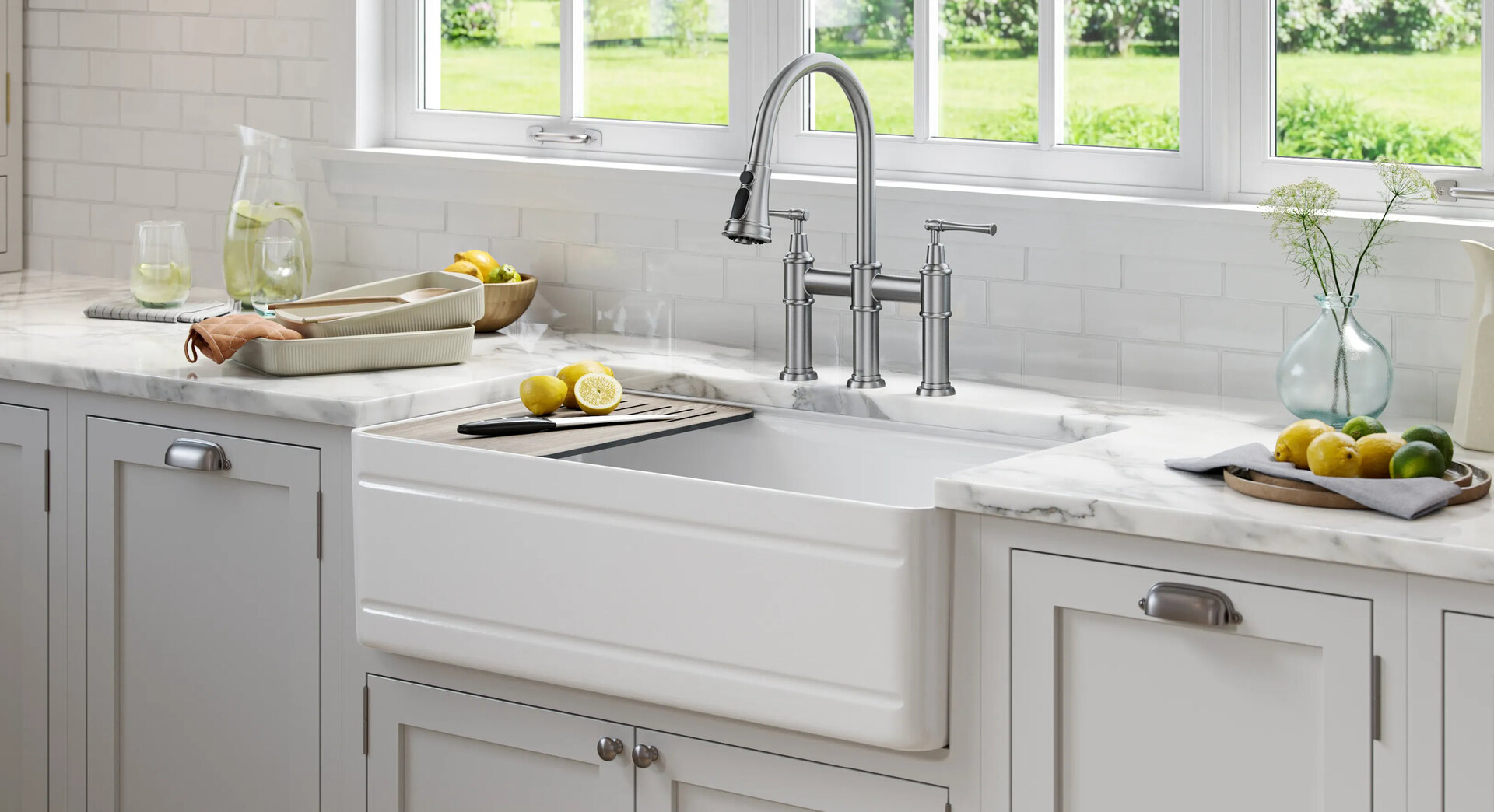

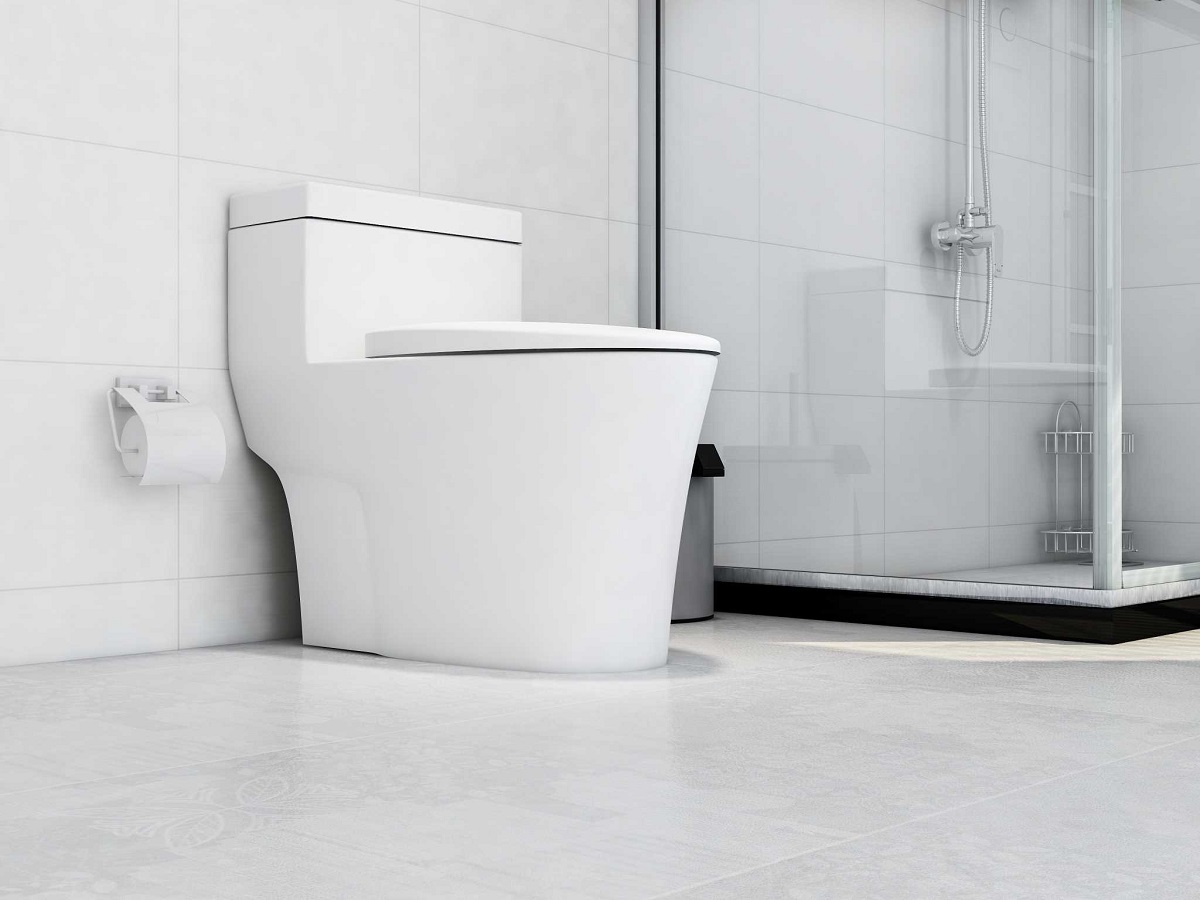

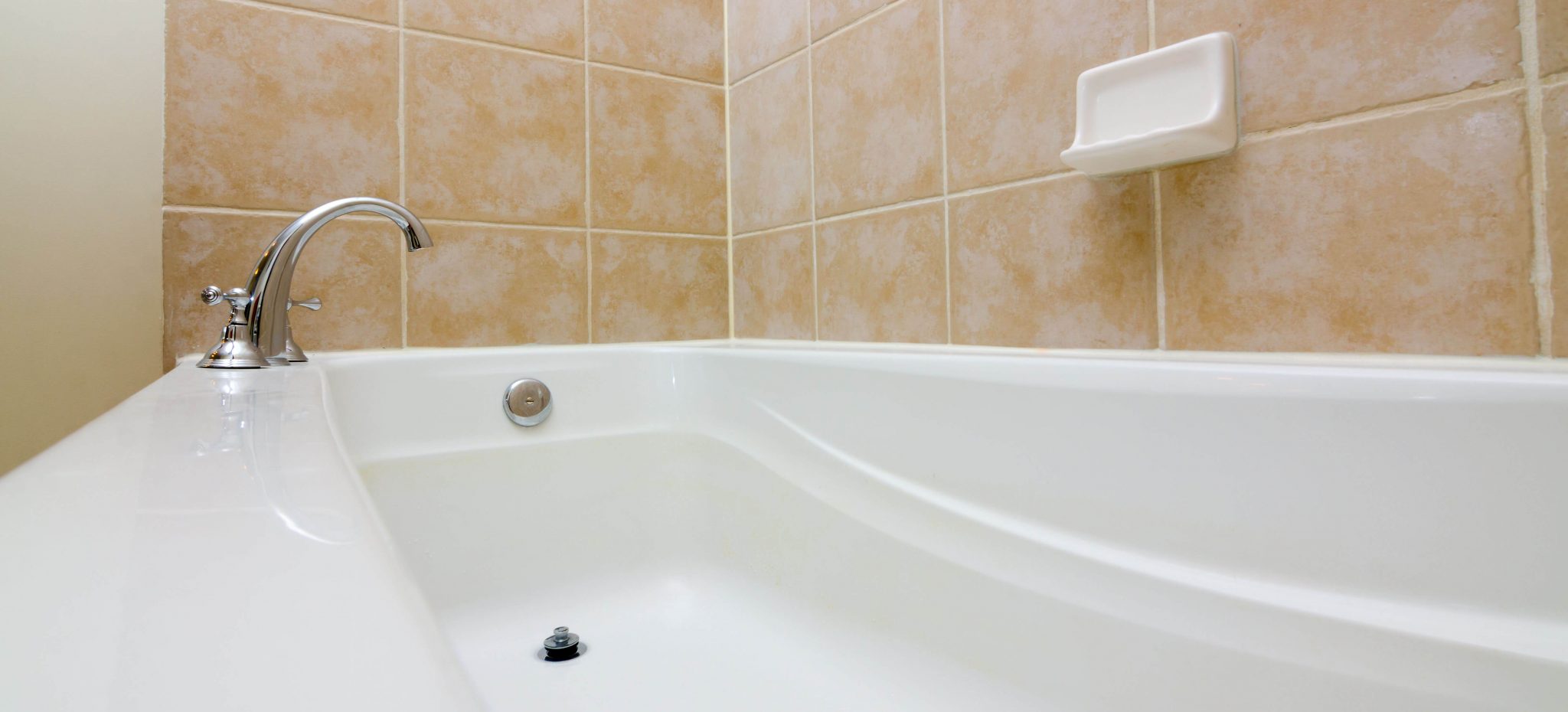
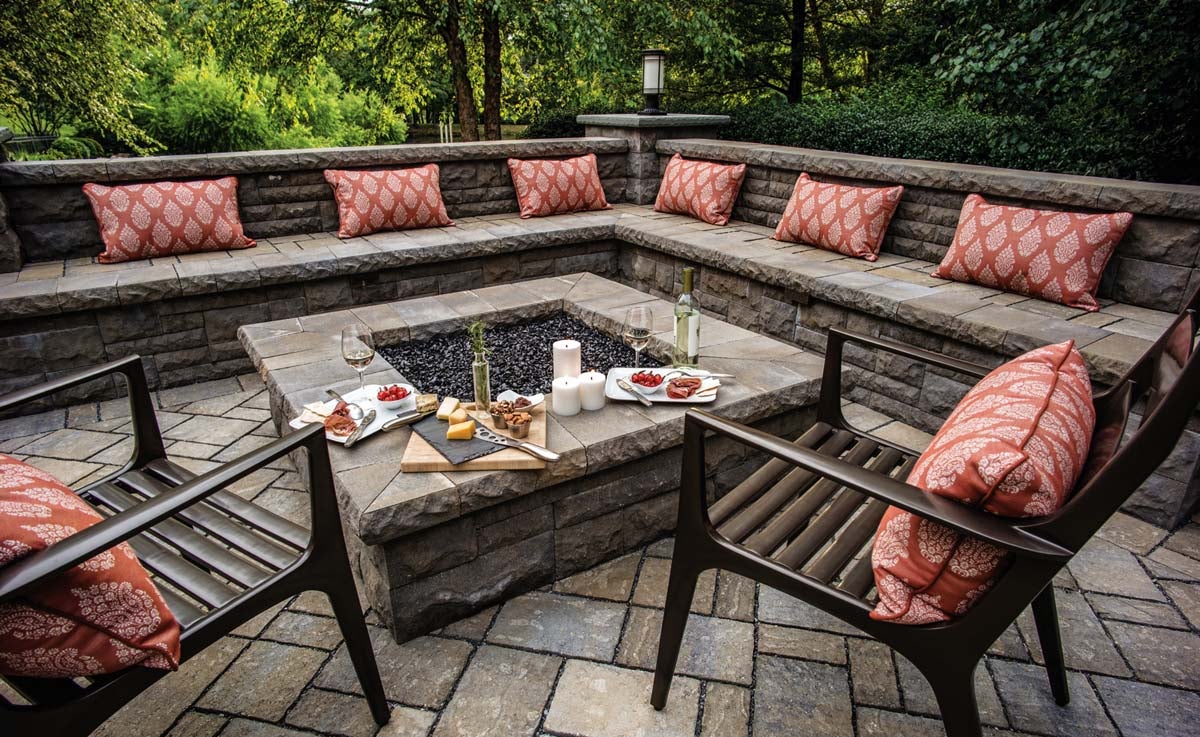

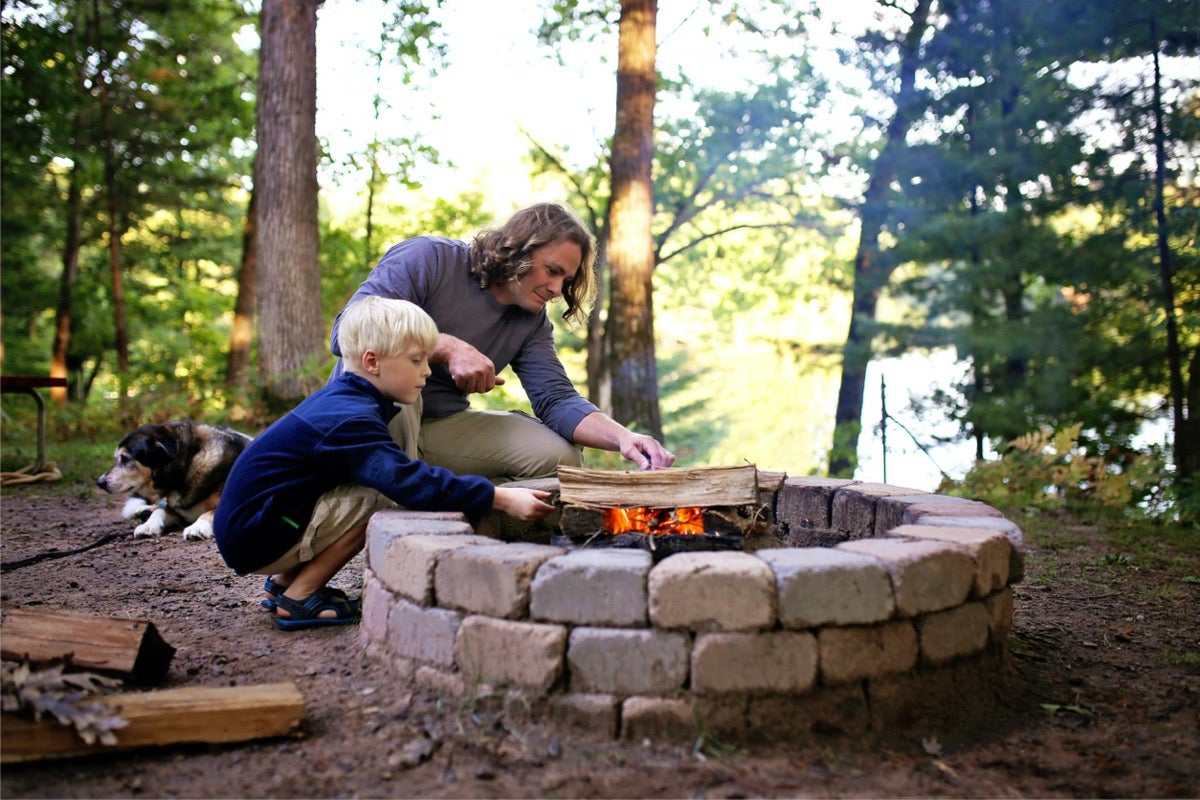




0 thoughts on “How Far Out Should Landscaping Be From The House”